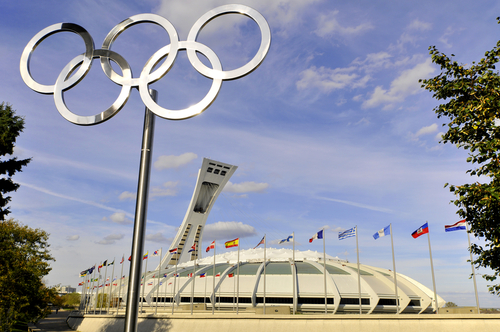Communities that are constructing new multi-sport facilities for major events could run the risk of ending up with expensive under-used complexes, but a new study suggests there are several factors that can keep them productive in the long run.

Canadian researchers found that factors such as the location and design of the facility, the formal agreements between operating groups, and the breadth of sport and recreation programming offered at the facility all contributed to promoting a legacy of participation post-event.
“Major sporting events often require the construction of new facilities, but typically these facilities present a significant financial burden for the host community and end up being underutilized after the event,” said Kevin Wilson, lead author and PhD candidate in the University of Waterloo’s Department of Recreation and Leisure Studies. “Perhaps the most well-known Canadian example of a so-called ‘white elephant‘ is the 1976 Montreal Olympics, which left the city with C$1.2 billion in debt.”
The researchers examined a successful single-site case study to uncover the factors that led to people continuing to use these sports facilities. The case involved a C$205 million construction project funded through a multi-party agreement between the federal, provincial, and municipal governments and a local university. The facility was constructed on redeveloped brownfield land bordering a low-income neighborhood near the university.
The researchers conducted interviews with facility operators five years later and found these factors contributed to greater use: a facility that bridges stakeholder needs, a design that meets pre- and post-event needs, formalized pre-and post-event communications and coordination, and programs that meet diverse community needs.
“Communities need to understand how sport participation works in their area and where there are gaps in service,” Wilson said. “They need to take into account age, gender, income, leisure time, availability of facilities and programs, and link participation to a long-term master plan for the community.”
Wilson added that not only should host communities conduct a needs analysis to identify capacity and areas of high priority, but they should choose a location to meet the needs of both the event and surrounding community, as well as create cross-sector partnerships to manage post-event operations.
The paper, “Investigating the sport participation legacy of a major event: the case of one multi-use sports facility,” is co-authored by Wilson and Dr. Patti Millar at the University of Windsor, and appears in the International Journal of Sport Management and Marketing.
